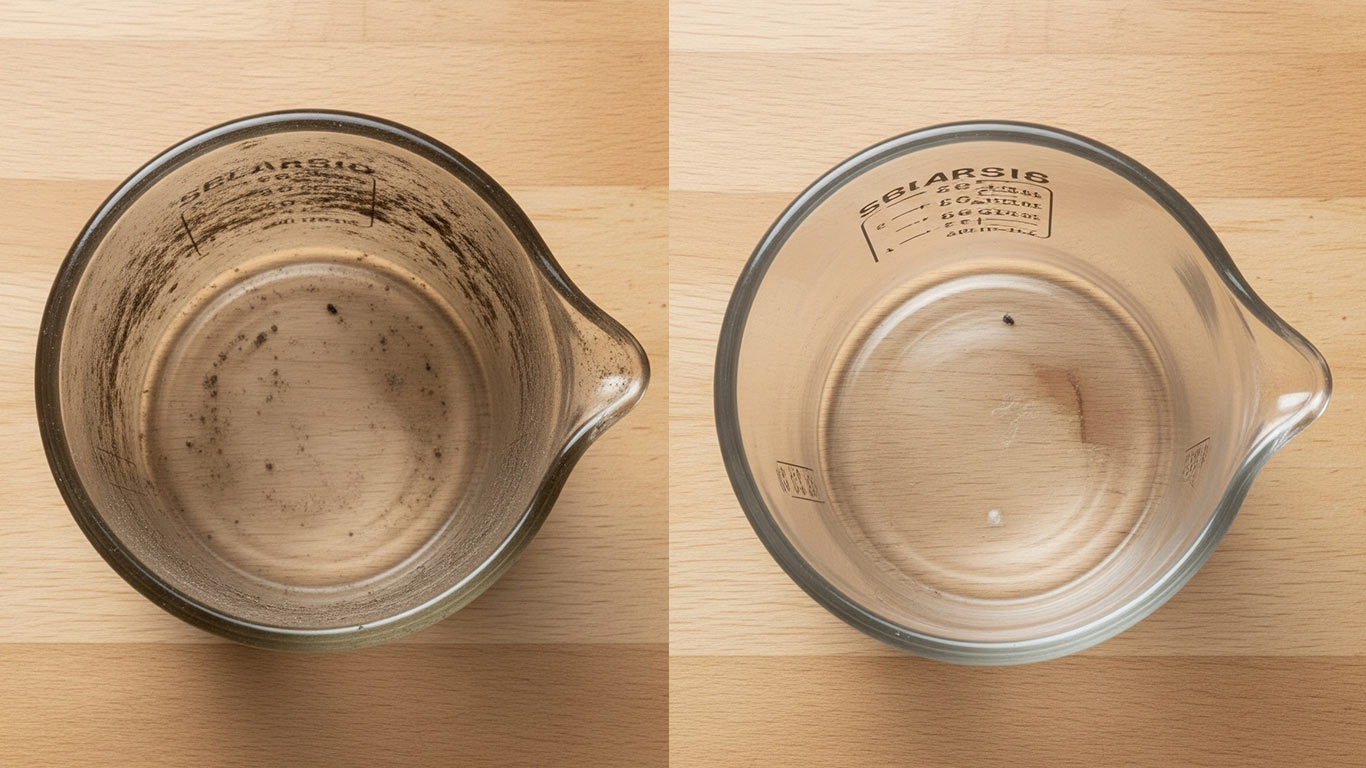
ANSI
ANSI Z136.1 - Safe Use of Lasers



Soda-lime glass exhibits moderate stiffness and low density. Oxidation resists fully on surface. Laser cleaning removes contaminants effectively because material absorbs heat sparingly. Brittleness challenges processing, so controlled pulses avoid cracks. Benefits include preservation in heritage applications.
At 1000x magnification, the soda-lime glass surface brims with scattered dirt specks and rough patches. Tiny contaminants clump together, dulling the overall shine and texture. These buildups create an uneven haze that obscures the base material.
After laser treatment, the same surface gleams with smooth, bare expanses and no lingering specks. Clear areas dominate the view, revealing the glass's even polish and crisp edges. This fresh state highlights the material's inherent clarity

ANSI Z136.1 - Safe Use of Lasers

IEC 60825 - Safety of Laser Products

OSHA 29 CFR 1926.95 - Personal Protective Equipment